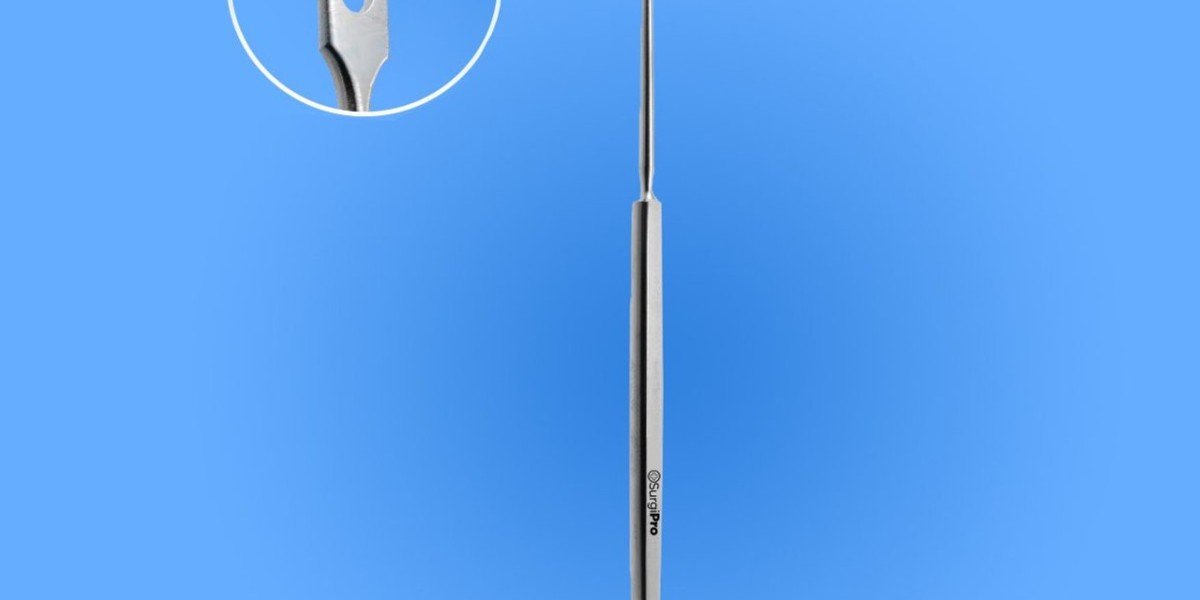Surgical hooks are indispensable tools in the medical field, designed to assist surgeons in various procedures by providing support, stabilization, and access to tissues. These instruments come in a variety of types and configurations, each tailored to specific surgical needs. In this comprehensive overview, we delve into the different types of surgical hooks and their diverse applications in the operating room.
Understanding Surgical Hooks
Surgical hooks are meticulously crafted from high-quality materials to meet stringent medical standards. These instruments are typically constructed from stainless steel or titanium, ensuring durability, corrosion resistance, and compatibility with sterilization processes. Surgical grade instruments undergo rigorous manufacturing processes to maintain precision and reliability, crucial for delicate surgical procedures.
Types of Surgical Hooks
- Curette Hooks: Featuring a curved, spoon-like tip, curette hooks are commonly used for scraping or removing tissue debris during procedures such as wound debridement and dental surgeries. Their ergonomic design allows for precise manipulation and gentle tissue dislodgment.
- Retractor Hooks: Retractor hooks are utilized to hold back organs or tissues, providing the surgeon with a clear view and access to the surgical site. These hooks come in various shapes and sizes, including S-shaped, L-shaped, and double-ended configurations, catering to different anatomical requirements.
- Traction Hooks: Traction hooks are designed to grasp and stabilize tissues, facilitating traction during surgical procedures. Whether used for wound closure or tissue retraction, these hooks enable controlled manipulation without causing damage to surrounding structures.
- Eye Hooks: Eye hooks, characterized by their slender, needle-like tips, are employed in ophthalmic surgeries for precise manipulation of delicate eye tissues. These specialized hooks aid in maneuvers such as lens extraction and retinal detachment repair, demanding utmost precision and finesse.
- Brain Hooks: Brain hooks are specialized instruments used in neurosurgical procedures to retract brain tissue gently. With their fine, curved tips, these hooks assist surgeons in navigating intricate brain anatomy while minimizing trauma to surrounding structures.
Applications of Surgical Hooks
The versatility of surgical hooks lends them to a wide range of medical disciplines and procedures:
- General Surgery: In procedures such as abdominal surgeries, retractors hooks play a crucial role in exposing the operative field and maintaining clear visualization.
- Orthopedic Surgery: Traction hooks are utilized to stabilize and realign fractured bones, facilitating optimal healing and alignment.
- Plastic Surgery: Retractor hooks aid plastic surgeons in achieving precise tissue manipulation and suturing, essential for achieving optimal aesthetic outcomes.
FAQ
- Q1. Are surgical hooks reusable?
- A1. Yes, surgical hooks are designed to be reusable. However, they must undergo thorough cleaning and sterilization procedures between uses to ensure patient safety and prevent the spread of infections.
- Q2. Can surgical hooks be customized for specific procedures?
- A2. Absolutely. Many surgical instrument manufacturers offer customization services, allowing surgeons to tailor hooks to their unique surgical needs, including size, shape, and tip configuration.
- Q3. How do surgeons choose the appropriate surgical hook for a procedure?
- A3. Surgeons consider various factors, including the type of surgery, anatomical site, tissue characteristics, and desired maneuverability. Additionally, experience and familiarity with specific instruments play a crucial role in selecting the most suitable hook for a procedure.
Conclusion
Surgical hooks are indispensable tools in modern medicine, facilitating precise tissue manipulation and access during surgical procedures. With a diverse array of types and configurations, these instruments cater to a broad spectrum of surgical needs across different medical specialties. From general surgery to ophthalmology and neurosurgery, surgical hooks play a vital role in enhancing surgical outcomes and patient care. As technology advances and surgical techniques evolve, the role of surgical hooks will continue to evolve, remaining integral to the practice of modern surgery.








